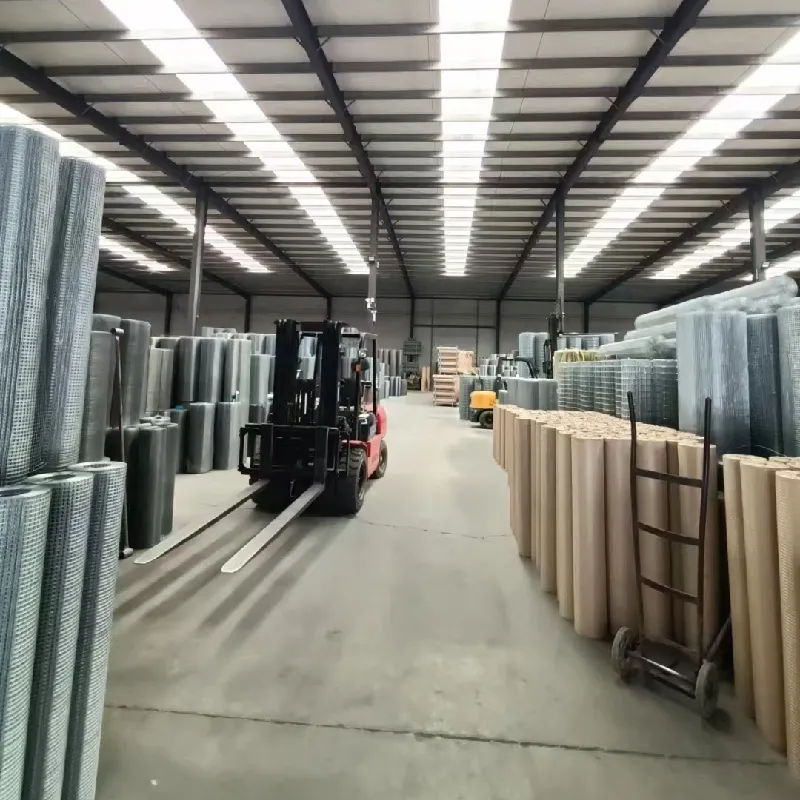Aviary Netting Solutions for Bird Protection and Safety
Aviary Netting A Comprehensive Guide to Safe and Effective Bird Enclosures
Aviary netting is an essential component for bird enthusiasts who aim to create a safe and secure environment for their feathered friends. Whether you are constructing a large outdoor aviary for your collection of exotic birds or simply providing a safe space for your garden birds, choosing the right netting is crucial to ensure their well-being. This article explores the various aspects of aviary netting, including its types, benefits, and installation tips.
Types of Aviary Netting
Aviary netting comes in various materials, each designed to cater to different needs. The most common materials include nylon, polyethylene, and wire mesh. Nylon netting is lightweight and flexible, making it easy to install. It is also resistant to UV rays, ensuring longevity under the sun. On the other hand, polyethylene netting is particularly durable and weather-resistant, making it suitable for outdoor use. Wire mesh, while more rigid, provides a strong barrier against predators, making it an excellent choice for larger aviaries.
Benefits of Aviary Netting
The primary benefit of aviary netting is to protect birds from predators such as cats, hawks, and raccoons. By creating a physical barrier, netting ensures that your birds can roam safely without the constant threat of attack. Additionally, aviary netting helps to keep the birds contained, preventing them from escaping and getting lost. This is particularly important for exotic species, which may not have the instincts to survive in the wild.
aviary netting

Moreover, aviary netting allows for enhanced airflow and sunlight, which are vital for the health and vitality of birds. Proper ventilation prevents the buildup of harmful moisture, reducing the risk of respiratory issues. Sunlight exposure is equally important, as it aids in the production of Vitamin D, essential for the overall well-being of birds.
Installation Tips
Installing aviary netting may seem daunting, but with proper planning and execution, it can be a straightforward process. First, choose a suitable location that is free from sharp objects and debris. This will help prevent damage to the netting and ensure the safety of the birds. Next, measure the area you intend to cover, considering the height and width requirements.
When installing the netting, ensure that it is taut to prevent sagging, which could create opportunities for predators to enter. Secure the netting to sturdy posts using appropriate fasteners or ties. It is advisable to use a combination of netting and wire mesh for larger aviaries to enhance security. Finally, regularly inspect the netting for any signs of wear or damage, as timely maintenance can prevent potential escapes or breaches.
Conclusion
In summary, aviary netting is a vital investment for anyone looking to create a safe, controlled environment for birds. With various options available, it is essential to choose the right material based on your specific needs. Understanding the benefits and proper installation techniques will ensure that your birds can thrive in a secure space, providing you with the joy of observing their natural behaviors without the worry of external threats. By prioritizing the safety and health of your avian companions, you contribute to a harmonious relationship between humans and nature.
-
The Versatility of Stainless Steel Wire MeshNewsNov.01,2024
-
The Role and Types of Sun Shade SolutionsNewsNov.01,2024
-
Safeguard Your Space with Effective Bird Protection SolutionsNewsNov.01,2024
-
Protect Your Garden with Innovative Insect-Proof SolutionsNewsNov.01,2024
-
Innovative Solutions for Construction NeedsNewsNov.01,2024
-
Effective Bird Control Solutions for Every NeedNewsNov.01,2024












